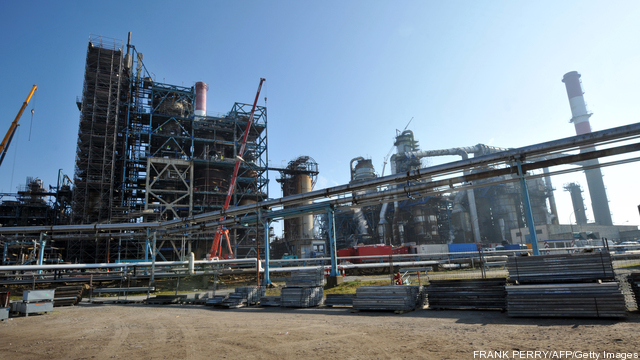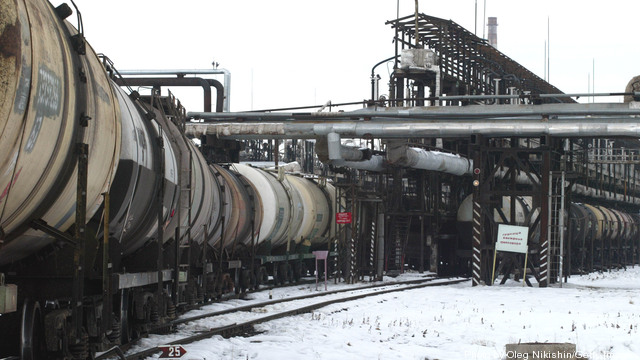
Biodegradable polymers are a tiny slice of the broader bioplastics market, but they could offer a means for oil and gas drillers to go greener in hydraulic fracturing operations.
It is almost common knowledge these days that advancements in hydraulic fracturing and horizontal drilling, both decades-old techniques, have been the keys to unlocking vast gas and oil deposits in recent years that were previously considered too costly to develop. As hydraulic fracturing has become commonplace across large swaths of the United States – sometimes in areas in which oil and gas drilling is a relatively new phenomenon – it has sparked a range of environmental concerns. These include fears that the materials injected into the ground in the process, which include chemicals and proppants, may contaminate water supplies. Keep reading →








